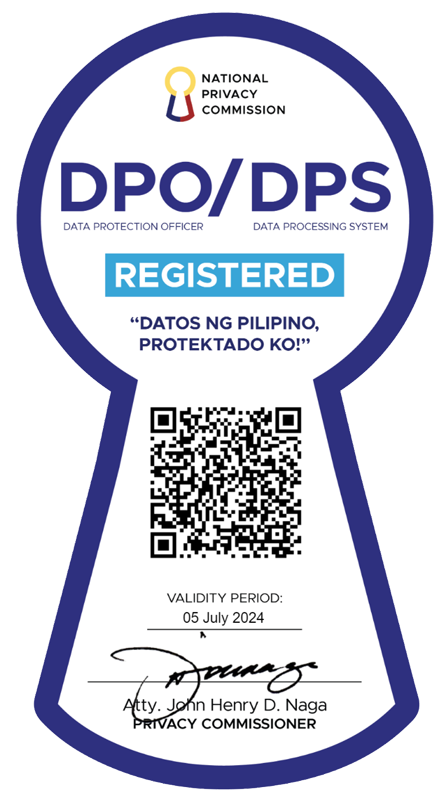Filtered by: Scitech
SciTech
Confirming Marwan: The science behind DNA profiling
By BEA MONTENEGRO, GMA News
On January 25, Members of the Philippine National Police - Special Action Force went to Mamasapano, Maguindanao to serve an arrest warrant against Malaysian Zulkifli Bin Hir alias Marwan and bomb maker Abdulbasit Usman. In the ensuing firefight, Marwan was allegedly killed.
The PNP-SAF had photographic evidence, but also wanted DNA evidence for verification. The US' Federal Bureau of Iinvestigation (FBI) subsequently confirmed that “preliminary results indicate that the DNA profile obtained indicate a possible relationship with a known relative of Marwan.”
The agency added that, while the results don’t provide absolute identification, they do support the likelihood that the sample provided by the PNP did come from Marwan. The FBI said that they would carry out further testing and analysis to find out conclusively if the DNA provided is Marwan’s.
The agency added that, while the results don’t provide absolute identification, they do support the likelihood that the sample provided by the PNP did come from Marwan. The FBI said that they would carry out further testing and analysis to find out conclusively if the DNA provided is Marwan’s.
What is DNA profiling?
DNA (short for deoxyribonucleic acid) is found in the cells of all living things and it contains the instructions that an organism needs to develop, survive, and reproduce. Generally speaking, any two people in the world share 99.9 percent of their DNA, which means that what makes an individual unique can be found in only 0.1 percent of their DNA.
In 1985, Alec Jeffreys developed a technique he called "DNA fingerprinting" at the Leicester University. The technique is now called DNA profiling, and it can be used to identify individuals using samples of their DNA. Modern DNA profiling can be used to solve crimes and confirm if people are related to one another.
A person’s DNA contains repeating sequences called “short tandem repeats” (STRs), which vary from person to person. Scientists can obtain an STR profile from DNA samples using a Polymerase Chain Reaction (PCR), and then compare these profiles with other samples to find a match. Once a match is found, there’s only a one-in-a-billion chance that the samples came from two different people—assuming that they aren’t identical twins.
To help convict a suspect in a crime, their STR repeats have to match those from the crime scene sample at all 13 STR regions. Unfortunately, the process isn’t fool-proof. Human error can occur and samples can be contaminated.
While the entire process sounds pretty straight-forward, it could actually take up to a full month before you obtain your results.
DNA profiling in the Philippines
The technology for DNA profiling exists in the Philippines, but has yet to become fully utilized.
In 2010, Rep. Juan Edgardo Angara filed House Bill 432 (DNA Analysis Enhancement Act of 2010) to institute reforms in the Philippines’ criminal justice system, hailing DNA technology as a “potent anti-crime investigative tool.”
“Not even the world's most modern police force can always prevent a crime as they happen. That is why an efficient and modern system of anti-crime investigation using the all available technologies should be institutionalized in our law enforcement system,” Angara said.
HB 432 also seeks to create the DNA Advisory Board (to be under the National Bureau of Investigation) which will provide authority for the creation of the National DNA Index System. — TJD, GMA News
Find out your candidates' profile
Find the latest news
Find out individual candidate platforms
Choose your candidates and print out your selection.
Voter Demographics
More Videos
Most Popular





